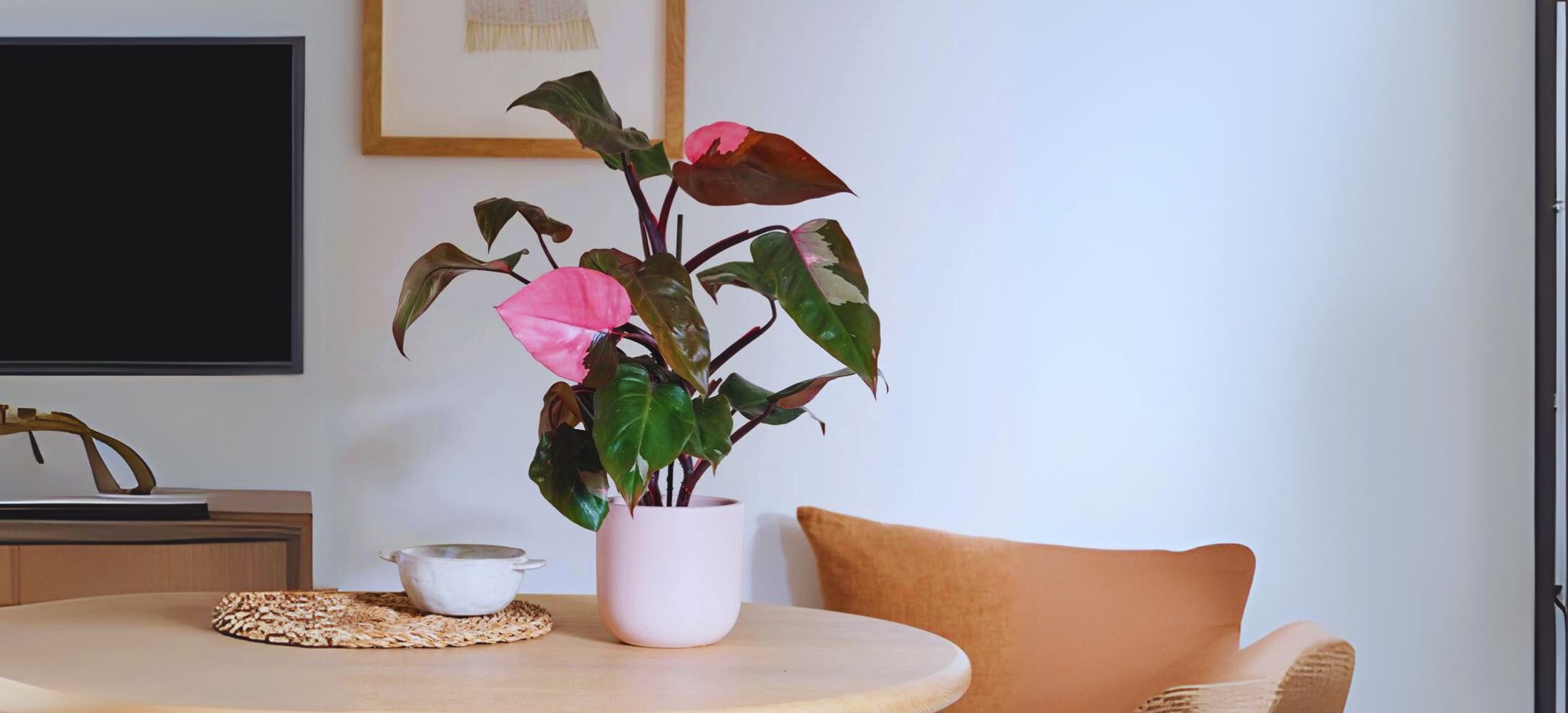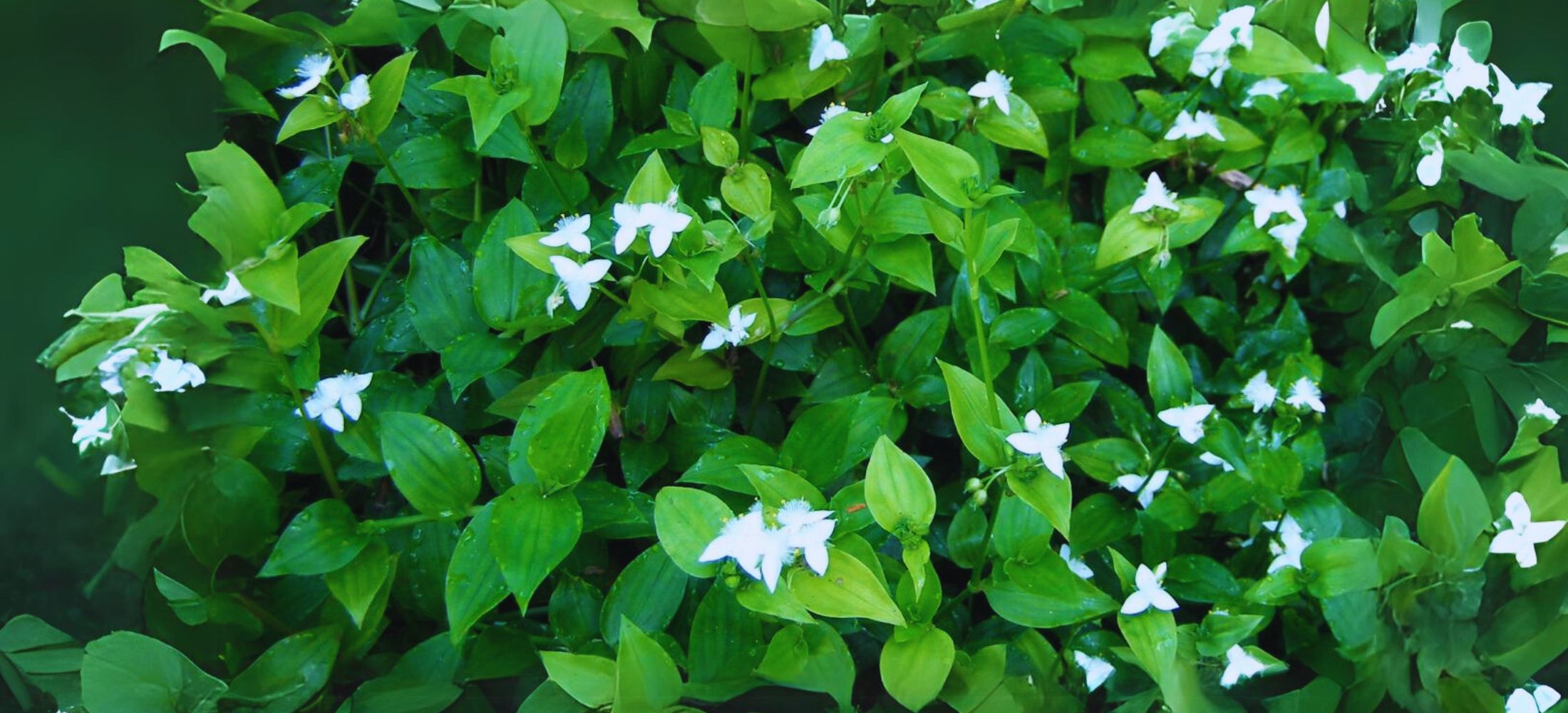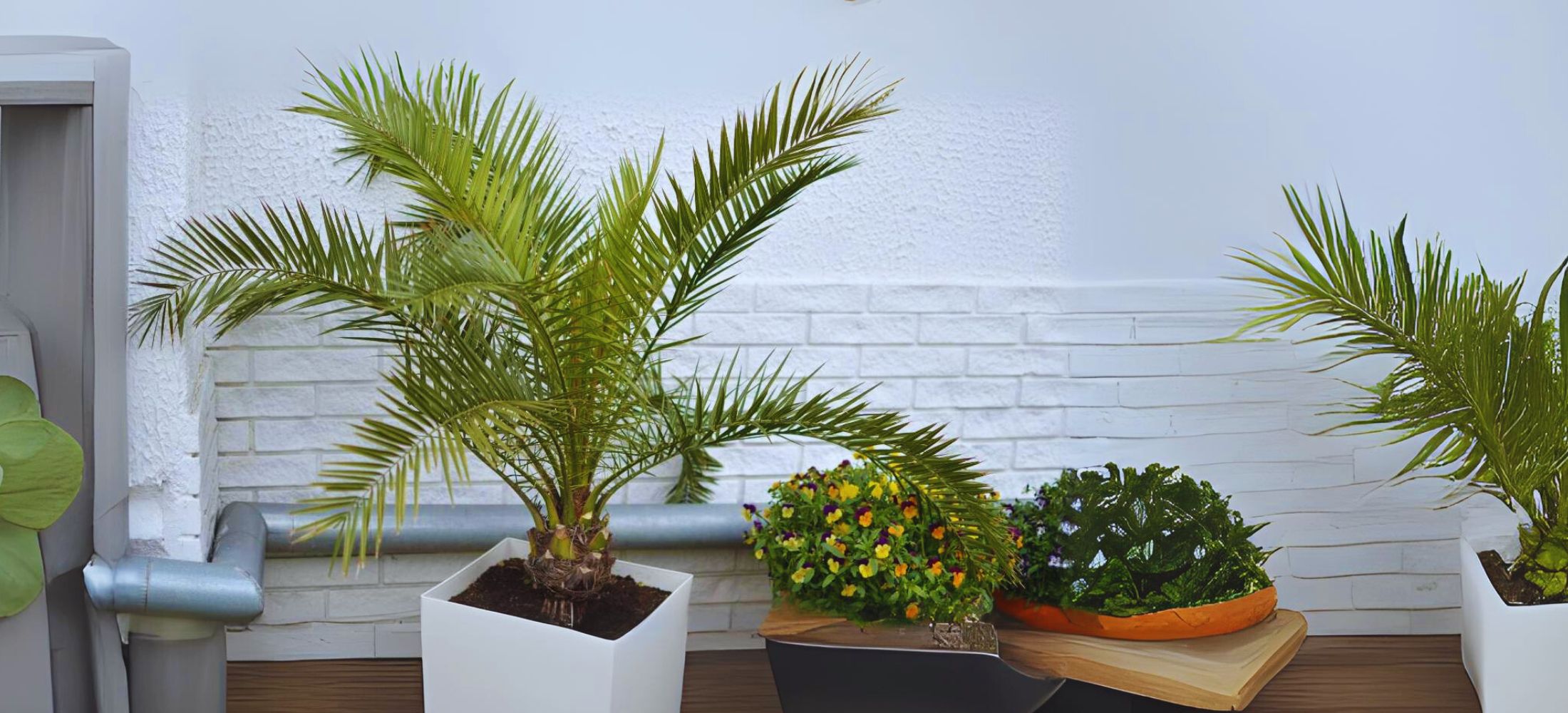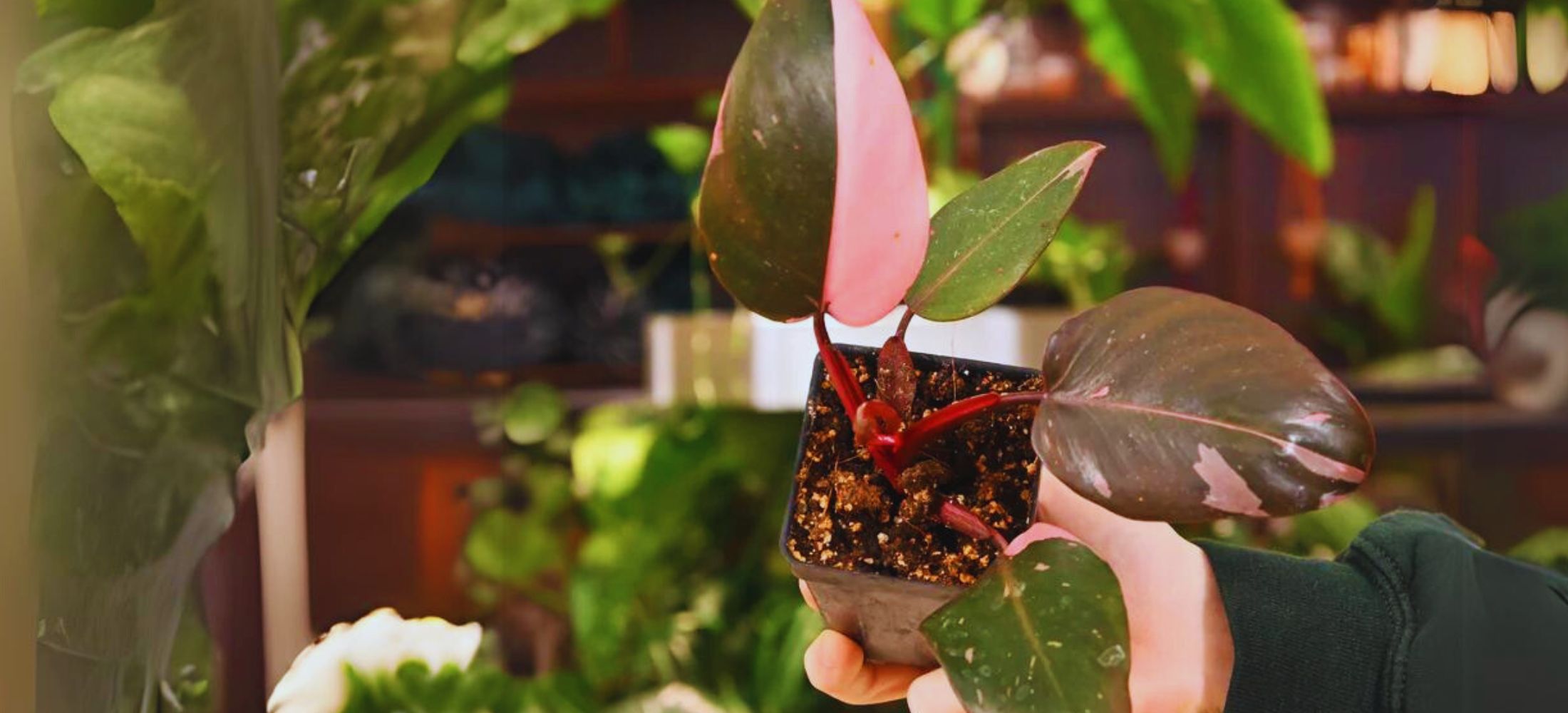Introduction to Wandering Jew Plant
The Wandering Jew plant is a well-known houseplant known for its setting foliage and smooth-care nature. With colourful leaves which can be available in sun shades of inexperienced, crimson, and silver, the ones flora make an appealing addition to any indoor vicinity. Wandering Jew plants are also bendy, thriving in boxes, placing baskets, or even out of doors gardens in warmer climates.
These plants are resilient and amplify fast, making them best for amateur gardeners and seasoned plant fans alike. Their colorful foliage provides a very particular touch to any setting, whether or not or now not or no longer displayed in a pot, setting basket, or as part of a bigger plant affiliation.
Wandering Jew Plant Overview

The Wandering Jew plant (planta tradescantia zebrina or wandering willie) includes numerous species, each with its unique color and increased dependency. Most varieties have characteristic green and purple leaves with silvery stripes, giving them a superb look that’s easy to take care of. The plant is usually grown indoors but can thrive out of doors in USDA zones 11th of September, wherein it enjoys warm, humid climates.
Popular varieties encompass Tradescantia zebrina, said for its red and silver-striped leaves, and Tradescantia pallida, which has placing deep red foliage. Wandering Jew flora are low-protection, developing well in particular lighting fixtures situations and requiring minimal watering.
Where to Plant Wandering Jew
Wandering Jew plant life is appropriate for each indoor and outdoor setting. Indoors, they thrive while placed in shiny, oblique sunlight hours, making them perfect for residing rooms, kitchens, and toilets. In placing baskets, their trailing vines create a lovely show that could supply color and texture to any room.
Outdoors, those flora booms are excellent in shaded or in element shaded areas wherein they receive too much direct daylight, that would scorch their leaves. They’re moreover extraordinary for floor cover in warmer climates, in which they unfold speedily and add a colorful splash of color to garden beds and borders.
How and When to Plant Wandering Jew
Plant Wandering Jew plant in early spring, the usage of properly-draining soil that lets in roots to breathe. A small subject with drainage holes works nicely for indoor plants, whilst outside flora can be planted proper now in lawn beds or pots. They expand awesome whilst slightly root-certain, so keep away from over-potting them.
When transplanting, take a wholesome reduction with some leaf nodes, locate it in water until roots shape, and then switch it to soil. Planting those cuttings in groups will create a fuller, greater lush look. Spring is proper for planting as it gives the plant time to set up itself earlier than the growing season.
Wandering Jew Plant Care Tips
Light, Soil, and Water
Wandering Jew plant care consists of putting it in an opening with colourful, oblique mild to inspire colorful foliage sun shades. Direct daytime can also cause leaf burn, at the same time as too little light can cause silly hues. Indoors, an opening near a north- or east-handling window works properly, imparting the right stability of slight for wholesome growth.
These plants select out well-draining potting soil and need to be watered whilst the top inch of soil feels dry. Overwatering can motivate root rot, so make certain to drain the saucer after watering. Keeping the soil barely moist, however now not soggy, is essential to keeping their colourful appearance.
Temperature and Humidity
Wandering Jew plants thrive in temperatures among 60-80°F and recognize excessive humidity tiers. Indoor humidity may be increased with the beneficial resource of misting the leaves or putting a humidity tray close to the plant. Outdoors, they’re hardy in USDA zones 9/11 and may be grown as perennials in warm temperature, humid regions.
If grown indoors, avoid putting them near drafts, air conditioners, or heaters, as sudden temperature changes can stress the plant. These flowers are touchy to bloodless and have to be added to the interior earlier than temperatures drop underneath 50°F.
Fertilizer
Feed your Wandering Jew plant with a balanced, water-soluble fertilizer every four-6 weeks at a few diplomas in the growing season (spring and summer season). This promotes wholesome increase and enhances the coloration of the leaves. Diluting the fertilizer to half energy facilitates avoiding fertilizer burn on the sensitive roots.
Fertilizing each few weeks gives crucial nutrients that assist the plant live colorful and wholesome. During the fall and winter climate, reduce fertilization because the plant’s increase slows. Over-fertilizing can bring about leggy growth, so a moderate feeding time table is extremely good.
Pruning
Regular pruning encourages bushier increase and continues Wandering Jew plants searching complete and healthy. Trim leggy or trailing stems to promote new growth and put off any vain or damaged leaves to maintain the plant’s look. Pruning additionally prevents the plant from turning into overgrown and unruly.
Pinching decreases another time the stems permit to create a compact, fuller plant. Additionally, pruning is essential to prevent the plant from spreading too quickly if grown outside. For indoor flowers, prune at a few diplomas inside the growing season to preserve a neat look and encourage greater colorful foliage.
Pests and Problems
Common pests affecting Wandering Jew plants encompass spider mites and aphids, which can be managed with a slight insecticidal cleaning cleaning soap or neem oil. Keeping the plant’s leaves clean with the aid of wiping them with a wet fabric permits prevent infestations. Overwatering can bring about root rot, a not unusual trouble that may be averted via a manner of allowing the soil to dry out among waterings.
Leaf drop also can rise up if the plant isn’t receiving enough moderate or if it’s uncovered to drafts. Regularly look at your plant for any signs and signs and symptoms and signs and signs and symptoms and signs and signs and symptoms of pests or illness, and cope with issues early to hold a healthy, thriving plant.
How to Propagate Wandering Jew plants
Stem Cuttings
Propagating the Wandering Jew plant is easy and can be completed through stem cuttings. Cut a wholesome stem with some leaves and nodes, area it in water till roots shape, and then transfer it to soil. Stem cuttings expand rapidly and can help you create fuller vegetation or percent them with pals.
Stem cuttings are excellent for developing new plants and can be rooted in water or proper away in soil. This method permits you to increase your collection of Wandering Jew plants without the need for seeds or specific devices.
Water Propagation
To propagate in water, place cuttings in a pitcher of water and leave them in indirect mild till roots form. Once roots are hooked up, switch the cuttings to a pot with properly-draining soil. Water propagation is a short and effective way to increase new plant life and also can feature a decorative show in clean boxes.
Water propagation isn’t most effective but also lets you look at root development, ensuring a successful switch to soil. It’s a fantastic manner to propagate more than one flower proper away, supplying a consistent delivery of Wandering Jew plants.
Types of Wandering Jew Plants
Tradescantia Zebrina
Tradescantia zebrina, generally called the inch plant, has inexperienced and red striped leaves with a shimmering silver sheen. Its colorful shade and trailing boom addiction make it a famous desire for placing baskets and indoor pots. This variety is thought for its resilience and easy care.
Tradescantia Pallida
Tradescantia pallida, or purple coronary coronary heart, has bold crimson foliage and is often used as a ground cowl in warm climates. Its placing shade makes it a lovable contrast in gardens and indoor areas. This range can tolerate entire solar and affords an excellent announcement to any plant association.
Tradescantia Fluminensis
Tradescantia fluminensis, additionally known as the small-leaf spiderwort, competes with smaller leaves with a green and white variegated sample. This variety is generally applied in placing baskets or as a cascading plant in arrangements. It’s a notable preference for together with texture and color to indoor shows.
Wandering Jew Companion Plants
Wandering Jew plants pair well with different tropical plants like pothos, ferns, and spider plant life. Their similar care dreams motive them to be nicely matched in shared planters or terrariums, such as range to indoor regions. The contrasting foliage solar sun shades and textures create visually appealing preparations.
In outside settings, Wandering Jew plant life can be grown along impatiens and coleus, each of which thrive in similar situations. Together, the plants create a lush, colorful garden mattress that’s wonderful to seize the eye.
Conclusion
The Wandering Jew plant is a versatile, colorful addition to any plant collection. Its smooth-care nature makes it excellent for beginner and skilled gardeners. With proper mild, water, and espresso pruning, the ones plants thrive, which includes colorful shades to indoor and outdoor regions alike. Whether you’re growing them as a houseplant or the usage of them on your lawn, Wandering Jew plants are an adorable and resilient choice.
Read more: How to Grow Amaryllis: The Complete Amaryllis Flower Guide




One thought on “How To Grow And Care Wandering Jew Plant:A Complete Guide”